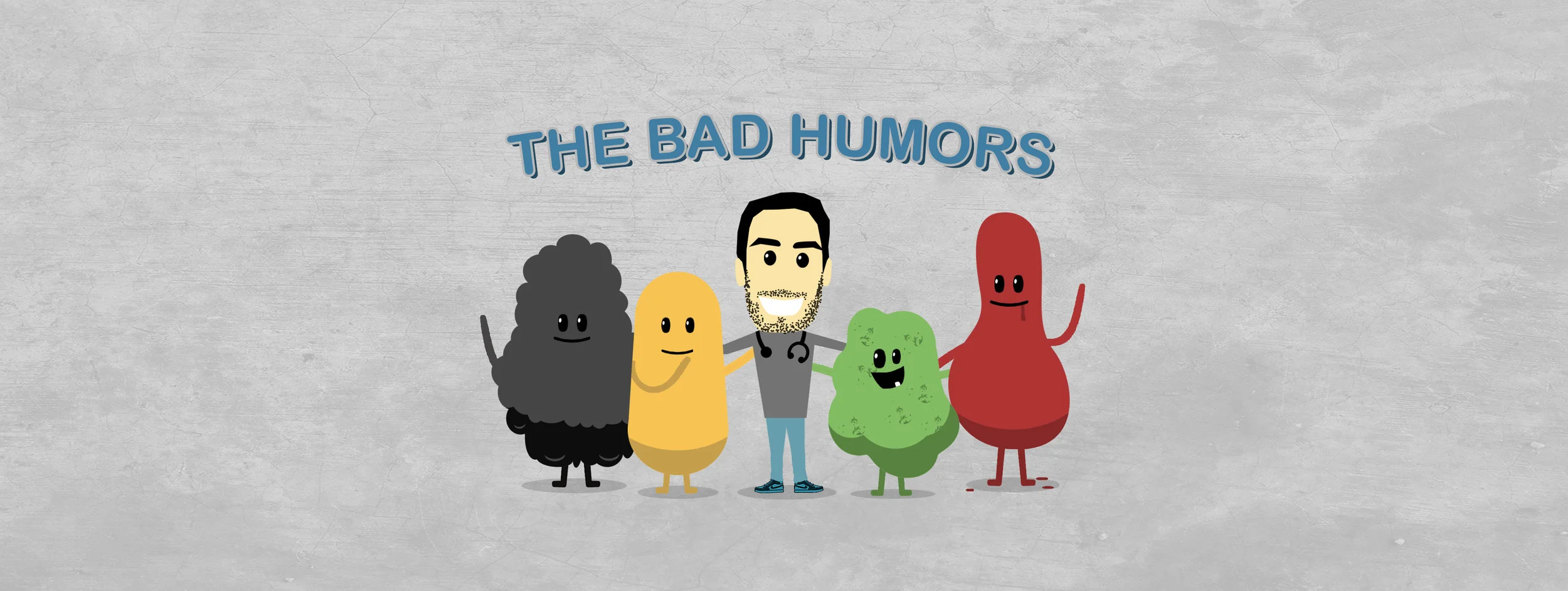Sitting
/It happens every week. Typically around 3pm on Tuesday afternoons when I'm wrapping up a clinic visit. I'll have this sensation ominously run through my body. It starts with the feet. They becomes restless with tapping which eventually progresses to sitting up on my toes while on the stool in the room. Then it'll methodically move up to where I engage my quads. With my legs growing more tense by the second I finally end the ritualistic act by kicking in the glutes and engaging the entirety of my lower body all the while sitting on the stool. This is me running late to my next visit. This is me needing to be somewhere else. This is me not being focused on my patient but the clock. It's inevitable.
One of my earliest memories of sitting with intention is also my favorite. I remember watching What Dreams May Come as a teenager and finding the end to be profoundly romantic. I still do. For better or worse, being willing to sit with another in hell to just be near them was a thought that I continued to carry on into future relationships. Love to me is less about sharing happy experiences but having the desire to sit with someone in their hell for long enough that it could potentially become yours as well.
It's not sound reasoning as there are many scenarios I can envision being fraught with something confused with love (domestic violence, mental illness, addiction, etc) but to me it's still the pinnacle of what a relationship can be. Of course in the movie, the sacrificial act is enough to bring the protagonist's wife out from hell but there isn't always a happy ending and that's part of what makes the act so potent.
Physicians use the phrase "walk with our patients" quite a bit. It's quickly working its way back into the receptacle of exhausted mantras such as "being a change agent" and "culture of _____" but it's used for a good reason. It's a great visual. A physician slowly walking down a road with their patient, grabs their hand, then says "your hemoglobin A1c will improve from 6.6 to 6.3 as I walk this journey with you!"
But often as humans, not just patients, we don't have the luxury of walking.
At one's nadir, we're often not walking or even crawling but in fact sitting. When you are given a grave diagnosis, you have to sit with it. When depression is at its worst, you're having to sit with it. There will always come a time during someone's grief or misfortune where there will be no forwards or backwards, just an uncomfortable sitting in neutral. As a physician, I can honestly say that I find the prospect of walking or running much more appealing as it exudes thoughts of good health and progress. But I've come to recognize in my patients' lives as well as in my own that the people who are willing to patiently sit with you in the darkness are often the most significant.
This imagery of sitting in darkness was recently rekindled as I have attempted to do my own self-work with race, implicit bias and reconciliation. Back in 2015, Allen Belton, Senior Partner of Reconciliation Ministries at Breakthrough Partners, spoke about reconciliation at my church. He again conjured up thoughts of sitting as he remarked that "in order for reconciliation to truly occur, people must be willing to sit with each other in the pain of the past." Healthcare providers are probably worse than most when it comes to wanting answers immediately. We see a problem and we want to fix it. The thought that the solution would be to continue on in the same space is one we tend to struggle with as a whole.
This all runs somewhat contrary to the recent movement to stand more during the day. Yes, evidence is growing that should encourage all of us to stand more during the day. Certainly this is a good idea for physicians when charting alone or at other times of the day but it will never be my choice when in a room with a patient. The time is too short and the moments too precious to let someone think anything other than the other person in that room is present and willing to sit in the pain.
Ending Scene from What Dreams May Come


